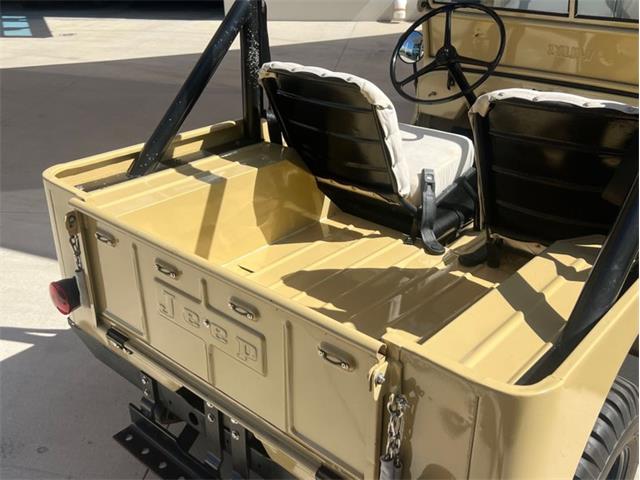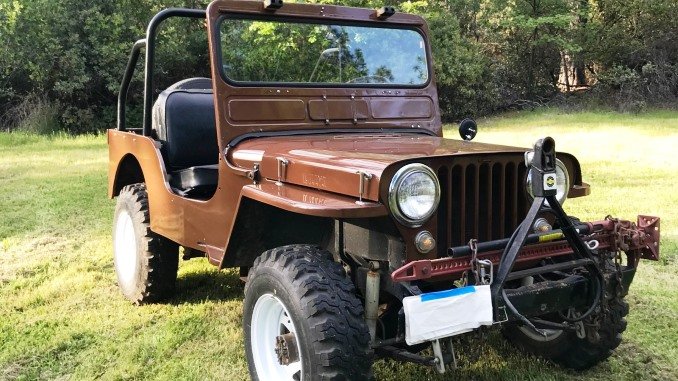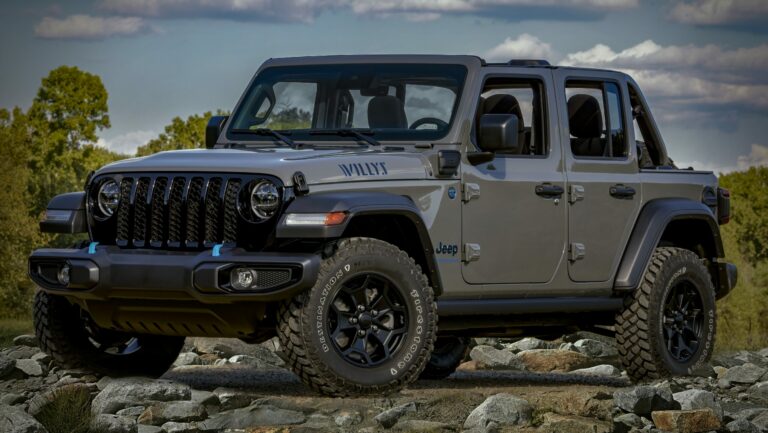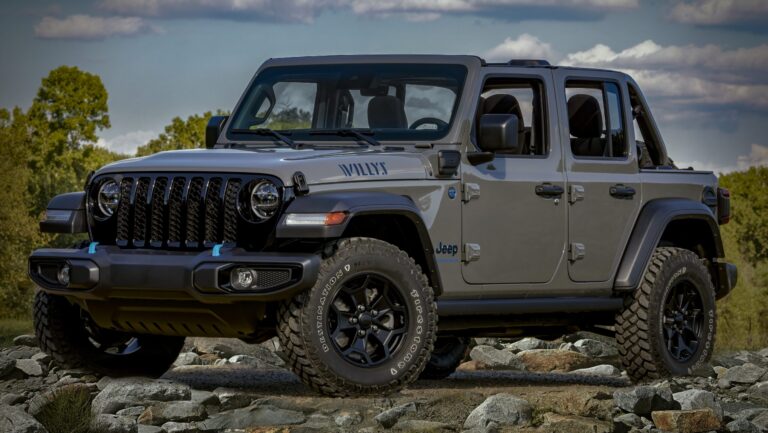1948 Jeep Willys For Sale: A Comprehensive Guide to Owning a Piece of American History
1948 Jeep Willys For Sale: A Comprehensive Guide to Owning a Piece of American History jeeps.truckstrend.com
The 1948 Jeep Willys is more than just a vehicle; it’s a rolling testament to post-war ingenuity, American resilience, and the birth of a global automotive icon. For enthusiasts, collectors, and adventurers alike, the prospect of finding a "1948 Jeep Willys For Sale" isn’t just a transaction—it’s an opportunity to acquire a tangible piece of history, an analog machine built for purpose, and a vehicle that still turns heads and conquers trails today. This comprehensive guide will navigate you through the allure, the practicalities, and the joys of owning one of these legendary machines.
The Enduring Legacy: Why the 1948 Jeep Willys Matters
1948 Jeep Willys For Sale: A Comprehensive Guide to Owning a Piece of American History
Born from the crucible of World War II, the Willys-Overland MB was the rugged, go-anywhere workhorse that helped win the war. As peace returned, Willys smartly pivoted, transforming the battle-hardened MB into a civilian marvel: the CJ (Civilian Jeep) series. The 1948 model year falls squarely within the production run of the CJ-2A, which was manufactured from 1945 to 1949.
The CJ-2A retained much of the MB’s robust simplicity but introduced civilian-friendly features like a tailgate, larger headlights, a passenger-side windshield wiper, and a more robust transmission. It quickly became the multi-tool for farmers, ranchers, construction workers, and adventurers, cementing the Jeep’s reputation as the ultimate utility vehicle. Its design principles—simplicity, durability, and versatility—laid the groundwork for every SUV and off-road vehicle that followed. Today, a 1948 Willys isn’t just a classic car; it’s a foundational piece of automotive history, a symbol of freedom, and a highly sought-after collectible.
The Allure of Ownership: Why Buy a 1948 Jeep Willys?
Owning a 1948 Jeep Willys CJ-2A offers a unique blend of benefits that appeal to a wide range of individuals:
- Historical Significance: You’re not just driving a vehicle; you’re driving a piece of history that helped shape post-war America and inspired generations of off-roaders.
- Unmatched Simplicity: Unlike modern vehicles laden with complex electronics, the CJ-2A is refreshingly simple. Its mechanical nature makes it relatively easy to understand, diagnose, and repair, even for novice mechanics.
- Authentic Driving Experience: The lack of power steering, power brakes, and a smooth ride forces you to engage with the road in a way modern cars simply don’t. It’s a raw, visceral, and incredibly rewarding experience.
- Off-Road Prowess: Despite its age, the CJ-2A’s lightweight design, short wheelbase, and robust 4×4 system make it surprisingly capable off-road, often outperforming many contemporary SUVs in challenging terrain.
- Strong Community and Parts Availability: A passionate global community surrounds vintage Jeeps. This means abundant resources, expert advice, and surprisingly good availability of both original and reproduction parts, making restoration and maintenance feasible.
- Potential Investment: Well-maintained or professionally restored 1948 Willys Jeeps have shown a steady appreciation in value, making them not just a hobby but potentially a sound investment.
- Showstopper Appeal: Everywhere you go, a vintage Willys draws attention, smiles, and stories. It’s a conversation starter and a guaranteed head-turner.
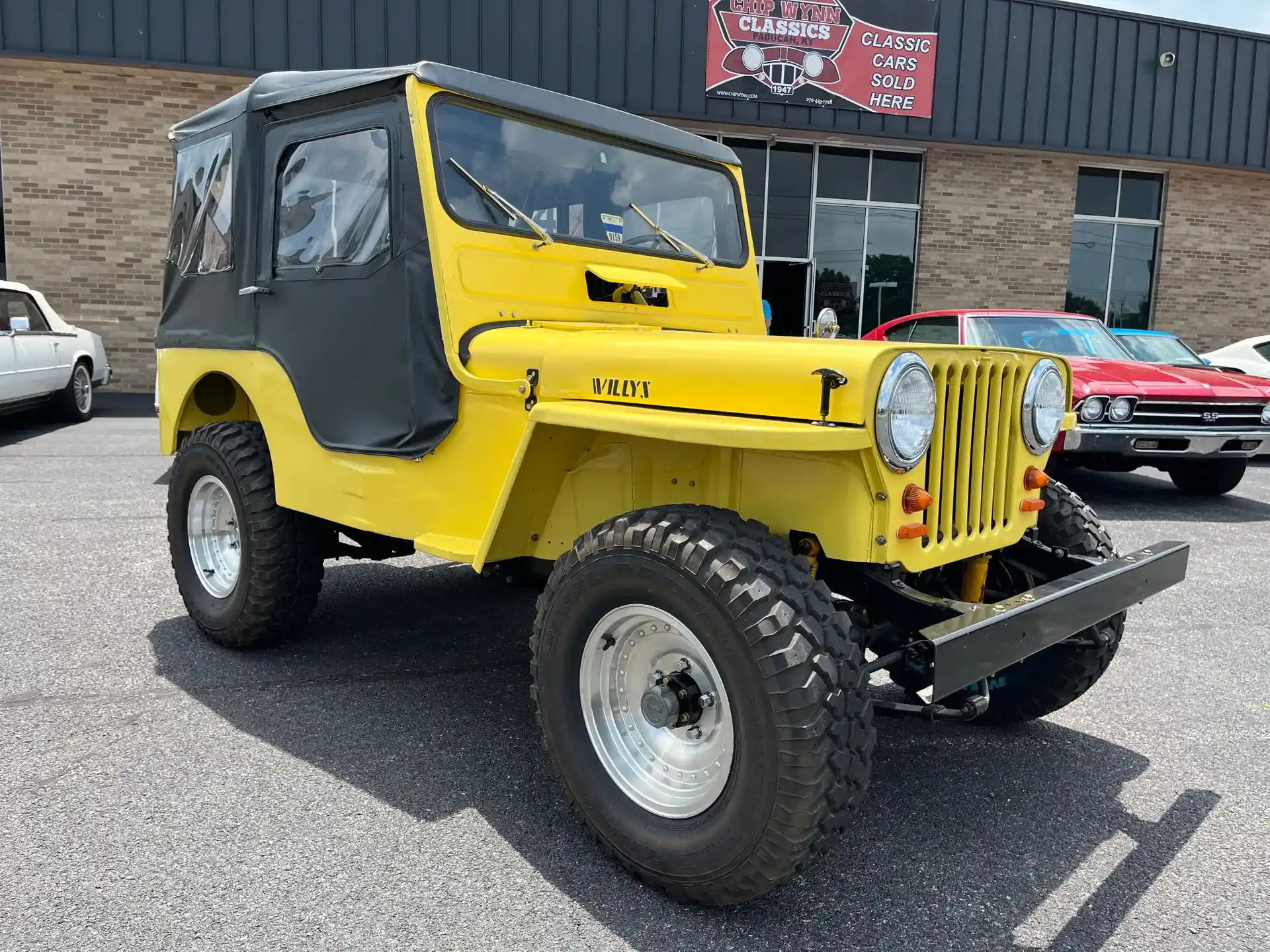
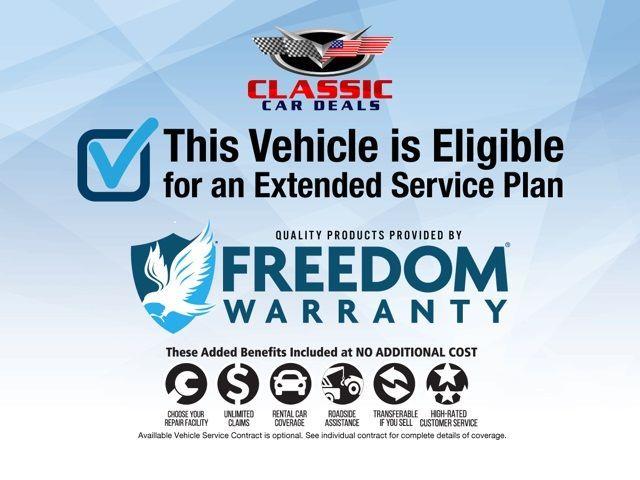
Key Features and Specifications of the 1948 Willys CJ-2A
Understanding the core components of a 1948 CJ-2A is crucial when considering a purchase:
- Engine: The legendary "Go-Devil" L-134 flathead four-cylinder engine. Known for its torque, simplicity, and reliability, it produces around 60 horsepower and 105 lb-ft of torque. It’s not fast, but it’s incredibly durable.
- Transmission: Typically a three-speed Warner T-90 manual transmission, known for its robustness.
- Transfer Case: A two-speed Dana 18 transfer case, allowing for 2WD High, 4WD High, and 4WD Low ranges.
- Axles: Dana 25 front axle and a Dana 41 or Dana 44 rear axle (the Dana 44 became more common in later CJ-2As and was standard on the CJ-3A).
- Brakes: Four-wheel drum brakes, offering adequate stopping power for the vehicle’s weight and speed.
- Electrical System: Most original CJ-2As came with a 6-volt electrical system, though many have been converted to 12-volt for easier starting and accessory compatibility.
- Design: Distinctive flat fenders, a seven-slot grille, a fold-down windshield, and a rear tailgate (a key differentiator from the MB).

The Buying Process: What to Look For When Purchasing a 1948 Willys
Acquiring a vintage Willys requires careful consideration. Jeeps are often bought in various states of condition, each with its own price point and potential commitment:
- Project/Barn Find: These are typically non-running, heavily rusted, or disassembled vehicles. They are the most affordable but require significant time, skill, and financial investment for restoration. Look for a complete frame and matching serial numbers (on the frame and data plates).
- Driver Quality: These Jeeps are running and drivable but may have cosmetic flaws, minor mechanical issues, or non-original parts. They offer a good balance for those who want to enjoy the Jeep immediately and perform gradual improvements. Focus on engine health, drivability, and major rust areas.
- Restored/Show Quality: These have undergone a full restoration, often to original specifications, and are in excellent cosmetic and mechanical condition. They command the highest prices but offer a turn-key classic experience. Scrutinize the quality of the restoration work, originality of parts, and documentation.
Key Inspection Points (Regardless of Condition):
- Frame Rust: This is paramount. Inspect the entire frame for heavy pitting, cracks, or rot, especially around spring mounts, body mounts, and crossmembers. Frame damage is costly to repair.
- Body Rust: Common areas include floorboards (front and rear), toolboxes, wheel wells, fenders, and the hat channels under the body. Patch panels are available, but extensive rust means more work.
- Engine Condition: Check for oil leaks, excessive smoke (blue for oil, white for coolant, black for rich fuel), unusual noises, and signs of overheating. A compression test is highly recommended.
- Drivetrain: Test the transmission in all gears (forward and reverse), listen for grinding or popping out of gear. Engage 4WD High and Low and ensure the transfer case shifts smoothly. Check for excessive play in the universal joints and axle shafts.
- Steering and Suspension: Look for play in the steering wheel, worn tie rod ends, loose wheel bearings, and sagging leaf springs.
- Brakes: Check for proper function, fluid leaks, and spongy pedal feel. Upgrading to modern brakes is a common modification for safety.
- Electrical System: Verify lights, gauges, and starter motor function. Note if it’s still 6-volt or converted to 12-volt.
- Originality vs. Modifications: Decide if you want a historically accurate vehicle or one with modern conveniences. Modified Jeeps can be fun but may not hold value as well as original examples.
- Documentation: Always ensure a clear title, bill of sale, and any available service records or restoration receipts.
Where to Find Them: Online classic car marketplaces (Hemmings, Bring a Trailer, eBay Motors), specialized vintage Jeep forums and clubs, local classic car dealers, and auctions are excellent places to begin your search.
Ownership & Maintenance: Tips for Your 1948 Willys
Once you’ve acquired your 1948 Willys, the journey truly begins. These vehicles are known for their robustness, but like any vintage machine, they require attention:
- Regular Maintenance is Key: Stick to a strict schedule for oil changes, lubrication of chassis components, checking fluid levels (engine, transmission, transfer case, differentials), and inspecting belts and hoses.
- Embrace Simplicity: Don’t be intimidated by repairs. Many tasks are straightforward with basic tools and a good service manual. The L-134 engine is notoriously easy to work on.
- Parts Availability: Websites like Omix-Ada, Walck’s 4×4, and Kaiser Willys provide a vast array of reproduction and NOS (New Old Stock) parts, making restoration and repair surprisingly manageable.
- Common Issues: Be aware of potential overheating (ensure radiator is clean and cooling system is functional), minor oil leaks (they often "mark their territory"), and occasional electrical gremlins (often due to old wiring or poor grounds).
- Join the Community: Connect with other vintage Jeep owners through online forums, local clubs, and events. They are an invaluable source of knowledge, advice, and camaraderie.
Challenges and Solutions
While rewarding, owning a 1948 Willys does present some unique challenges:
- Challenge: Finding Original Parts: While reproduction parts are plentiful, finding rare original components for a concourse restoration can be difficult and expensive.
- Solution: Network with other enthusiasts, scour specialized forums, and attend swap meets. Sometimes, reproduction parts are of higher quality than worn originals.
- Challenge: Rust Remediation: Rust is the archenemy of old steel.
- Solution: Address rust promptly. For minor surface rust, sanding and painting suffice. For structural rust, professional welding and fabrication are often required. Prevention (keeping it dry, rustproofing) is crucial.
- Challenge: 6-Volt Electrical System: Original 6V systems can be finicky, especially in cold weather, and limit modern accessory use.
- Solution: Many owners convert to a 12-volt system. This involves replacing the generator/alternator, battery, coil, and sometimes the gauges and bulbs. It significantly improves starting and allows for modern radios, chargers, etc.
- Challenge: Modern Safety Concerns: Lack of seatbelts, airbags, ABS, and power brakes.
- Solution: Install aftermarket lap belts (or 3-point if feasible), upgrade to dual-reservoir master cylinders for improved braking reliability, and consider disc brake conversions for better stopping power, especially if you plan to drive it frequently. Drive defensively and be aware of its limitations.
- Challenge: Insurance and Registration: Registering a vintage vehicle can differ from a modern one.
- Solution: Contact specialized classic car insurance providers (e.g., Hagerty, Grundy) who understand the unique valuation and usage of vintage vehicles. Research your state’s specific requirements for antique vehicle registration, which often include specific plate types and usage restrictions.
Price Table: 1948 Jeep Willys For Sale (CJ-2A) – Estimated Price Ranges
Prices for a 1948 Jeep Willys CJ-2A can vary significantly based on condition, originality, geographical location, and market demand. This table provides a general estimate:
| Condition Category | Estimated Price Range (USD) | Description & Key Characteristics |
|---|---|---|
| Project/Parts | $2,000 – $8,000 | Non-running, significant rust, incomplete, major mechanical issues, requires full restoration. Suitable for experienced restorers or as a parts donor. |
| Driver Quality | $8,000 – $20,000 | Running and drivable, but may have cosmetic flaws (dents, faded paint), minor mechanical issues, non-original parts. Good for immediate enjoyment and gradual improvement. |
| Good Original | $20,000 – $35,000 | Well-preserved, mostly original, minimal rust, mechanically sound. May show age but is not fully restored. A solid foundation for a light refresh or preservation. |
| Restored/Show | $35,000 – $60,000+ | Professionally restored to high standards, excellent cosmetic and mechanical condition, often with attention to originality. Ready for shows or reliable enjoyment. |
| Concourse/Museum | $60,000 – $100,000+ | Flawless, historically accurate, often with documented provenance. Typically, these are exceptionally rare examples or highly awarded restorations. |
Note: These are estimates. Always conduct thorough research, inspect the vehicle in person (or via a trusted third party), and consider a pre-purchase inspection by a vintage Jeep specialist.
Frequently Asked Questions (FAQ) about the 1948 Jeep Willys
Q1: Is a 1948 Jeep Willys reliable enough for daily driving?
A1: While incredibly robust, a 1948 Willys is not designed for modern daily driving. Its top speed is around 45-50 mph, it lacks modern safety features, and it requires more frequent maintenance than a contemporary vehicle. It’s best suited for weekend cruises, light off-roading, and as a hobby vehicle.
Q2: Are parts hard to find for a 1948 Willys CJ-2A?
A2: Surprisingly, no! Due to the Willys’ popularity and long production run, many parts (both new reproduction and New Old Stock) are readily available from specialized vendors. Mechanical components are often interchangeable with other early CJ models.
Q3: What’s the typical fuel economy of a 1948 Willys?
A3: The "Go-Devil" L-134 engine, while efficient for its time, typically achieves around 15-20 miles per gallon (MPG), depending on driving conditions, terrain, and vehicle maintenance.
Q4: Can I upgrade a 1948 Willys with modern components?
A4: Yes, many owners choose to upgrade their Willys for improved safety, performance, or comfort. Common upgrades include 12-volt electrical conversions, disc brake conversions, power steering kits, modern seats, and occasionally engine swaps (though this impacts originality and value for purists).
Q5: How much does insurance cost for a vintage Willys?
A5: Insurance for a classic vehicle like a 1948 Willys is often surprisingly affordable, especially if you opt for specialized classic car insurance. These policies typically have mileage restrictions and require the vehicle to be stored securely, but they offer agreed-value coverage, which protects your investment better than standard auto insurance. Costs can range from a few hundred dollars per year, depending on the agreed value and your location.
Q6: What’s the difference between a Willys MB and a CJ-2A?
A6: The MB was the military version, produced during WWII. The CJ-2A (Civilian Jeep) was the direct civilian successor, introduced post-war. Key differences include the CJ-2A having a tailgate, larger headlights, a passenger-side windshield wiper, a more robust T-90 transmission (vs. the MB’s T-84), and generally a slightly softer ride and more civilian-friendly features.
Conclusion: Your Journey into Willys Ownership
The 1948 Jeep Willys CJ-2A represents a unique opportunity to own a piece of automotive history that is both iconic and incredibly practical. Whether you’re seeking a challenging restoration project, a reliable weekend cruiser, or a show-quality classic, the enduring appeal and robust nature of these vehicles make them a rewarding investment of time, effort, and passion. Owning a Willys is more than just having a vehicle; it’s joining a community, embracing a simpler way of driving, and preserving a legacy that continues to inspire. If you’re ready for an authentic, engaging, and utterly unique automotive experience, finding that "1948 Jeep Willys For Sale" could be the start of your next great adventure.
